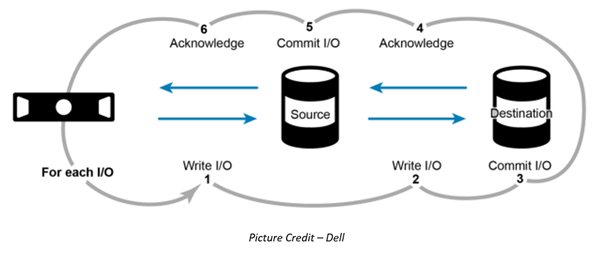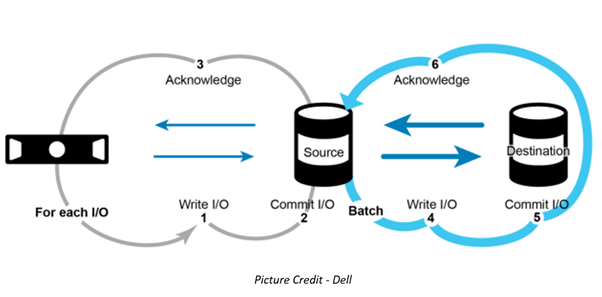What Do We Understand By The Dell Compellent Storage
Dell EMC Compellent series storages are enterprise grade storages which are also referred to as SC series more commonly. SC series offers modern architecture storage arrays which optimize your data center for saving costs and deliver transformational SSD, HDD, or tiered performance at the same time. It comes in two variants, All-Flash and Hybrid Flash.
The All Flash models, as suggested consist of only Flash drives which deliver high-end performance for ever changing data center requirements. The Hybrid Flash storages are a mix of SSDs and HDDs which delivers great performance and keeps it budget-friendly at the same time for organizations of all sizes.
The All-Flash models come in the following variants:
- Dell SC7020F
- Dell SC5020F
The Hybrid Flash models come in the following variants:
- Dell SC7020
- Dell SC5020
- Dell SCv3000
The SC Compellent series storage arrays are highly scalable where all-flash arrays can be as scalable as 6PB raw flash capacity. The Dell SC series offers a lot of functionalities such as smart Deduplication and Compression, Live Volumes, Multi-array Federation, dynamic storage allocation and optimization, and much more.
The Dell SC Compellent storage arrays are managed by the Dell Storage Manager Client. The Dell Storage Manager client can be used to manage multiple storage arrays operating in a cluster. The Storage centers operate on Dell Storage Center OS (SCOS). The SCOS version 7.3 or newer is recommended to leverage all the Live Volume and replication features.
If we talk about licensing methodology, it includes replication licensing, which covers both synchronous and asynchronous replications. You also need to purchase a Live Volume license separately to leverage the Live Volume feature.
The Dell SC Compellent storage supports both asynchronous and synchronous replications. Synchronous replication is the one that ensures data is written and committed to the replication source destination volume in real-time. In this type of replication, the data is written to both source and destination simultaneously. In a scenario where the data cannot be written to either of the locations, the write I/O is not committed to either of the locations to maintain transactional consistency. The advantage of synchronous replication is that it gives consistency between different sites and supports zero data loss in the recovery process.

The above-mentioned architecture justifies the synchronous replication write I/O sequence:
- The server/application sends a write request to the source volume
- The write I/O is mirrored at the destination volume
- The mirrored I/O is committed to the destination volume
- The write commit at the destination is acknowledged back to the source
- The write I/O is committed to the source volume
- Finally, the write acknowledgment is sent to the application/server
Asynchronous replication accomplishes the same data protection goal in that data is replicated from source storage to destination storage. However, the manner and frequency that the data is replicated differ from synchronous replication. Instead of committing a write at both replication source and destination simultaneously, the write is committed only at the source and an acknowledgment is then sent to the storage host and application. The accumulation of committed writes at the source volume is replicated to the destination volume in one batch at scheduled intervals and committed to the destination volume

- The application or server sends a write request to the source volume.
- The write I/O is committed to the source volume.
- Finally, the write acknowledgment is sent to the application or server.
The process is repeated for each write I/O requested by the application or server
- Periodically, a batch of write I/Os that have already been committed to the source volume is transferred to the destination volume.
- The write I/Os are committed to the destination volume.
- A batch acknowledgment is sent to the source.
To sum it up, these are the high-level features of Dell Compellent storage arrays. In the next blog, we will take a deep dive into the features of Dell Compellent Storage Centers. If you’re looking for Planning, Designing, Implementation, or PoC professional services to build a resilient storage solution that suits your organization’s requirements, reach us at [email protected] or give us a call at +91-9773973971
Author
Sumit Yadav
Data Center Consulting Engineer
